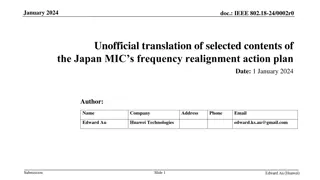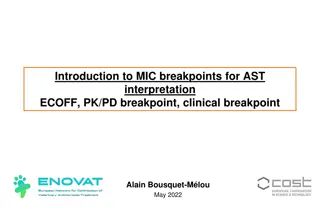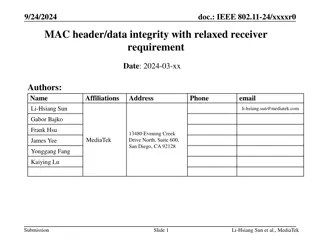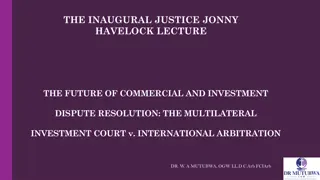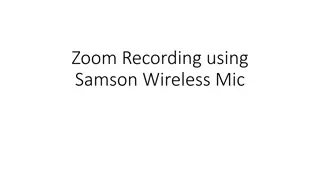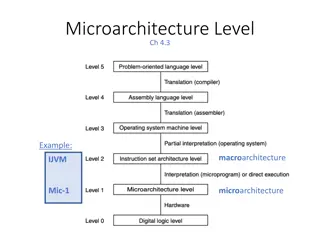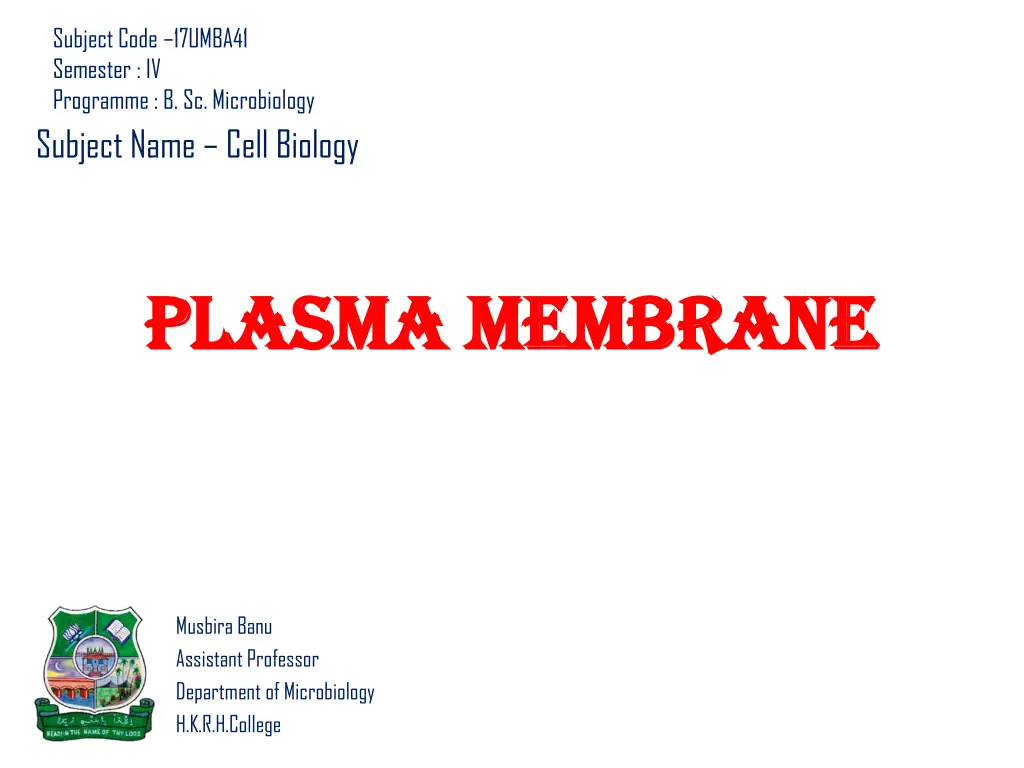
Plasma Membrane Structure and Models
Explore the structure and models of the plasma membrane, the thin, semipermeable boundary that defines the boundary of the cell. Learn about the trilaminar model with its three layers, the bimolecular leaflet model, and more. Understand the composition of the plasma membrane and its significance in cellular biology.
Download Presentation

Please find below an Image/Link to download the presentation.
The content on the website is provided AS IS for your information and personal use only. It may not be sold, licensed, or shared on other websites without obtaining consent from the author. If you encounter any issues during the download, it is possible that the publisher has removed the file from their server.
You are allowed to download the files provided on this website for personal or commercial use, subject to the condition that they are used lawfully. All files are the property of their respective owners.
The content on the website is provided AS IS for your information and personal use only. It may not be sold, licensed, or shared on other websites without obtaining consent from the author.
E N D
Presentation Transcript
Subject Code 17UMBA41 Semester : IV Programme : B. Sc. Microbiology Subject Name Cell Biology Plasma membrane Plasma membrane Musbira Banu Assistant Professor Department of Microbiology H.K.R.H.College
Introduction The plasma membrane may be defined as the thin, elastic, semipermeable living membrane that serves as a boundary for the cytoplasm. The term plasma membrane coined by Nageli in 1855. PM is other wish called CELL MEMBRANE (or) PLASMALEMMA PM is the outer limiting membrane in all animal cells. But in plant and bacterial cells, it is present inner to the cell wall.
PM is about 75 in thick. Its thickness is almost constant in all plant cell, animal cell, and bacterial cell. PM is formed of glycoprotein and phospholipids. Model of plasma membrane ..>>> Are proposed to explain the structure of plasma membrane. 1. Trilaminar model 2. Bimolecular leaflet model 3. Lattice model 4. Micellar model 5.Fluid Mosaic model.
Trilaminar model This model was proposed by Robertson in 1950.According to this model, PM ..>> Formed THREE layer. 1. Outer protein layer---20 Thick 2. Middle lipid layer.-- 35 Thick 3. Inner protein layer---20 Thick Trilaminar membrane is called a Unit membrane.
In electron micrograph of plasma membrane, the outer and inner protein layer is dark lines correspond to globular protein and polar group of lipid and the middle light region corresponds to non-polar lipids. Trilaminar structure is unit in structure because is present in all membrane of bacteria, plant and animal.
Bimolecular leaflet model This model was proposed by Danielli and davson in 1934. According to this model, the PM is formed TWO layer of lipid molecules coated with protein. Has 1. Hydrophophic tail .>the two layer face each other 2. Hydrophilic head ..> the face outward.
Lattice model This model was proposed by Wolpers in 1941. According to this model, in the plasma membrane, lipid and protein are arranged as a lattice or network. Protein form a kind of mechanical frame work. the lipid component is distributed in the meshes of the protein frame.
Micellar model This model was proposed by Hilleir and Hoffman in 1953. According to this model, the molecular in the plasma membrane are arranged in the form of globular sub-unit called micellar. Lipid micelles are the building blocks of the membrane and the protein globules are arranged on either side. Lipid molecules are arranged in the form of a circle. Each lipid molecules has a head and tail. Head is hydrophilic and tail is Hydrophophic.

